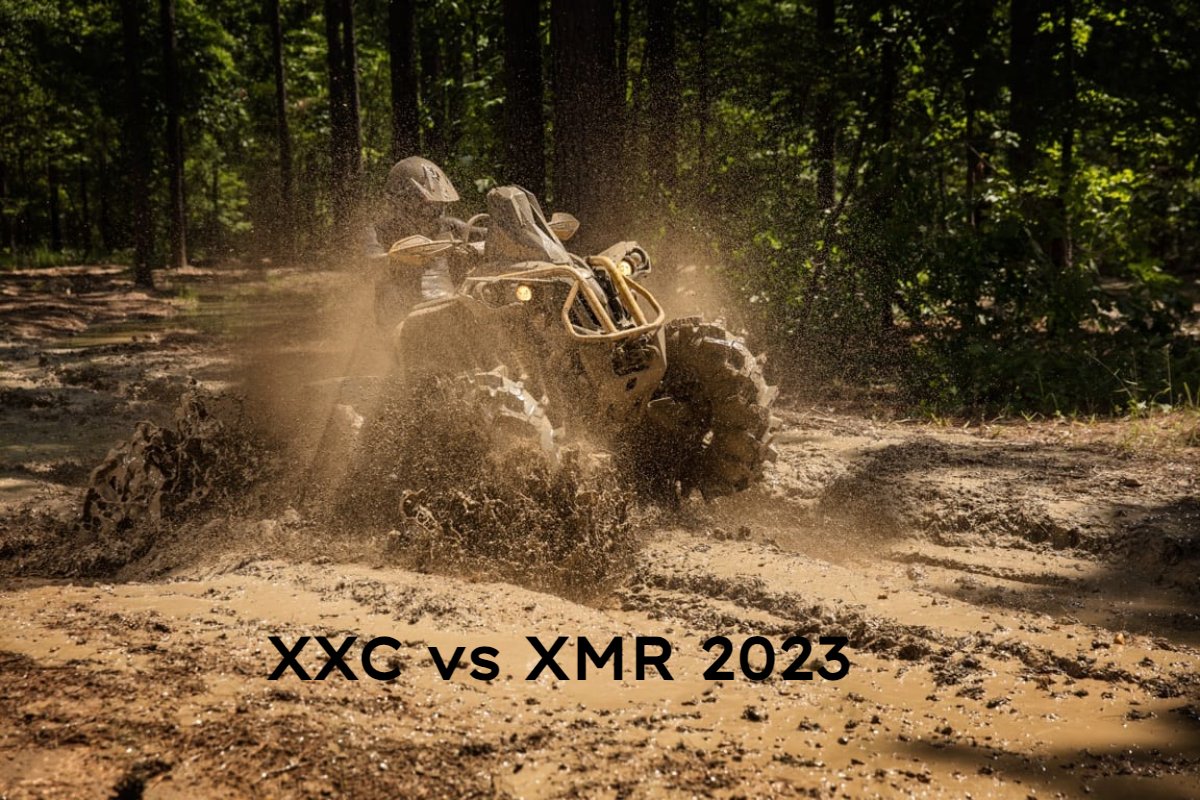The cryptocurrency market is ever-evolving, with new coins and tokens emerging regularly. Two notable cryptocurrencies that have gained significant attention in 2023 are XXC (XX Coin) and XMR (Monero). Both have unique features and potential use cases, making them worthy of a detailed comparison. In this article, we will delve into the intricacies of XXC and XMR, examining their differences, similarities, and what makes each of them stand out in the crowded crypto landscape.
Table of Contents
- Introduction to XXC and XMR
- Historical Background
- Technology and Features
- Privacy and Security
- Use Cases and Adoption
- Market Performance and Analysis
- Future Prospects
- Conclusion
1. Introduction to XXC and XMR
XXC (XX Coin): XXC is a relatively new entrant in the cryptocurrency market, designed to offer enhanced scalability and efficiency. It aims to address the common issues faced by older cryptocurrencies, such as high transaction fees and slow processing times. XXC is built on a next-generation blockchain platform, leveraging advanced technologies to provide a seamless and user-friendly experience.
XMR (Monero): Monero (XMR), on the other hand, is a well-established cryptocurrency known for its focus on privacy and security. Launched in 2014, Monero has gained a reputation for its ability to obfuscate transaction details, making it a preferred choice for users seeking anonymity. Monero’s robust privacy features are achieved through advanced cryptographic techniques.
2. Historical Background
XXC: XXC was launched in early 2023 by a team of blockchain enthusiasts and developers. The project quickly gained traction due to its innovative approach to solving scalability issues. The team behind XXC has a strong background in blockchain technology, and they aim to position XXC as a leading cryptocurrency for everyday transactions.
XMR: Monero was created in April 2014 as a fork of Bytecoin, with the primary goal of enhancing privacy and security. Over the years, Monero has undergone several updates and improvements, maintaining its position as one of the top privacy-focused cryptocurrencies. The Monero community is known for its active development and commitment to keeping the network decentralized and secure.
3. Technology and Features
XXC: XXC’s technology is built on a highly scalable blockchain platform that utilizes sharding and other advanced techniques to ensure fast and low-cost transactions. Key features of XXC include:
- Scalability: XXC’s blockchain can handle a high number of transactions per second, reducing congestion and ensuring smooth operations.
- Low Fees: The efficient design of XXC’s network results in minimal transaction fees, making it an attractive option for microtransactions.
- Smart Contracts: XXC supports smart contracts, enabling developers to create decentralized applications (dApps) on its platform.
XMR: Monero’s technology is centered around privacy and security. Its core features include:
- Ring Signatures: These help in obfuscating the sender’s address by mixing it with a group of others, making it difficult to trace the origin of the transaction.
- Stealth Addresses: Monero generates unique addresses for each transaction, ensuring that only the recipient can identify the transaction’s destination.
- Confidential Transactions (RingCT): This feature hides the transaction amounts, adding an additional layer of privacy.
4. Privacy and Security
When it comes to privacy and security, both XXC and XMR have their unique approaches:
XXC: While XXC is not primarily focused on privacy like Monero, it still offers a secure environment for transactions. The use of advanced cryptographic techniques ensures that user data is protected. However, it does not provide the same level of anonymity as XMR.
XMR: Monero is renowned for its robust privacy features. By default, all transactions on the Monero network are private, ensuring that users’ financial activities remain confidential. This makes XMR a popular choice for those prioritizing privacy and security.
5. Use Cases and Adoption
XXC: XXC’s low transaction fees and high scalability make it suitable for a wide range of use cases, including:
- Everyday Transactions: With its minimal fees, XXC is ideal for daily purchases and microtransactions.
- dApps and Smart Contracts: Developers can leverage XXC’s platform to create innovative dApps, broadening its use cases.
- Cross-Border Payments: XXC’s fast and low-cost transactions make it a viable option for international remittances.
XMR: Monero’s primary use cases revolve around privacy-centric applications:
- Private Transactions: Individuals and businesses can use Monero to conduct confidential transactions.
- Online Marketplaces: Monero is often used in online marketplaces that prioritize user privacy.
- Donations: Charitable organizations and activists can accept donations in XMR to protect the identities of their donors.
6. Market Performance and Analysis
XXC: Since its launch, XXC has shown promising growth, attracting attention from investors and the broader crypto community. Its market performance is bolstered by its technological advancements and the team’s active engagement with the community. However, as a newer entrant, XXC still faces the challenge of establishing a stable market presence.
XMR: Monero has consistently maintained a strong position in the cryptocurrency market. Its market performance is driven by its established reputation and the ongoing demand for privacy-focused cryptocurrencies. Despite regulatory scrutiny in some regions, Monero continues to attract users seeking anonymity.
7. Future Prospects
XXC: The future prospects for XXC look promising, given its technological foundation and growing adoption. The team plans to introduce further enhancements to its platform, including advanced scalability solutions and additional features to support a wider range of applications. If XXC can continue to build on its current momentum, it has the potential to become a major player in the cryptocurrency market.
XMR: Monero’s future will likely continue to be shaped by its commitment to privacy and security. As regulatory environments evolve, Monero may face challenges, but its strong community and continuous development efforts will likely help it adapt. The increasing importance of privacy in the digital age could further bolster Monero’s position.
8. Conclusion
In the comparison of XXC vs XMR in 2023, both cryptocurrencies present unique strengths and opportunities. XXC stands out with its focus on scalability and low transaction fees, making it suitable for a variety of use cases, from everyday transactions to smart contracts. On the other hand, Monero remains a top choice for users prioritizing privacy and security, thanks to its advanced cryptographic features.
Investors and users should consider their specific needs and preferences when choosing between XXC and XMR. While XXC offers an innovative approach to solving common blockchain issues, Monero’s established privacy features make it a reliable option for confidential transactions. As the cryptocurrency market continues to evolve, both XXC and XMR are poised to play significant roles in shaping the future of digital finance.














